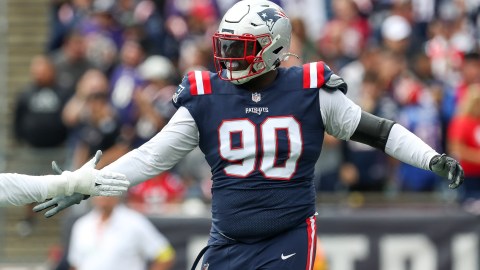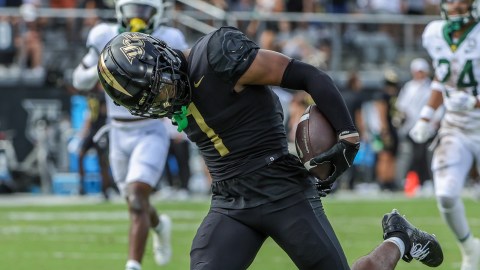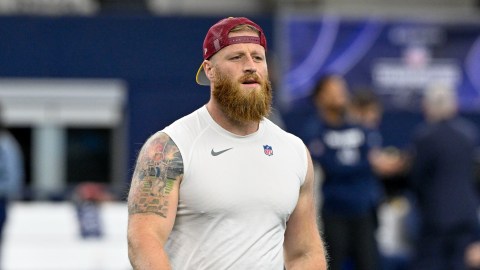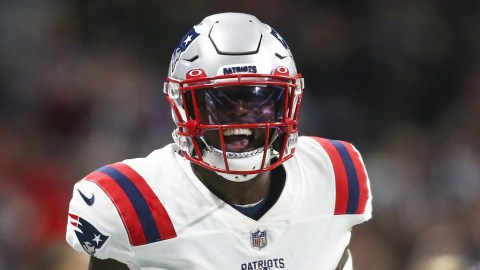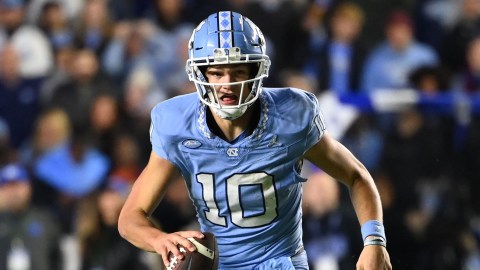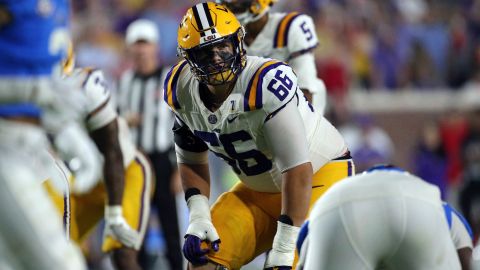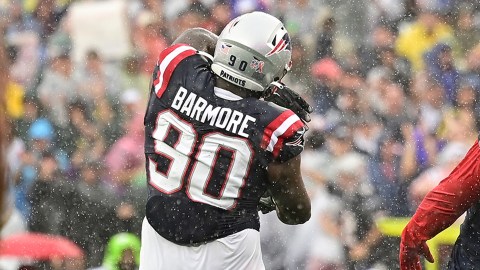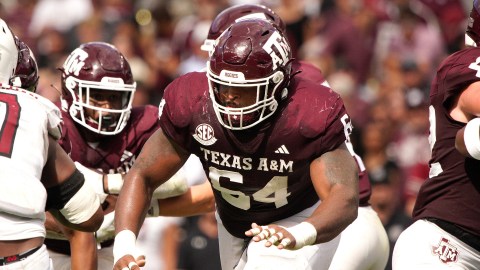The JuJu Smith-Schuster signing will go down as one of the worst of Bill Belichick’s Patriots tenure.
The veteran wide receiver looked like a shell of his former Pro Bowl self in his first season in New England, which officially ended Saturday when the team placed him on injured reserve. In 11 games for the Patriots, Smith-Schuster caught just 29 passes on 47 targets for 260 yards and one touchdown, with more than a third of that yardage coming in his final 2023 appearance.
At the time of his move to IR, the 27-year-old ranked tied for 129th in the NFL in receptions, 147th in receiving yards, tied for 146th in receiving touchdowns and 80th out of 84 wideouts with at least 45 targets in both yards per catch and yards per target.
Jakobi Meyers, whom the Patriots let walk in free agency to sign Smith-Schuster, quickly emerged as a valuable weapon for his new team, the Las Vegas Raiders. Meyers will finish the season with more than twice as many receptions as Smith-Schuster, close to three times as many yards and at least six more touchdowns (68-746-7 entering Week 18).
Story continues below advertisement
Simply put, Smith-Schuster did not look like a player worth having on New England’s roster in 2024. But removing him this offseason won’t be easy from a financial standpoint.
No Matchup Found
Click here to enter a different Sportradar ID.
Smith-Schuster still has two years remaining on the three-year, $25.5 million contract he signed last March. If the Patriots release him before June 1, they’d incur a hefty $12.3 million dead-money charge and actually lose $1.6 million in salary cap space for the 2024 season, according to Spotrac. Designating Smith-Schuster as a post-June 1 cut would leave behind $9.6 million in dead money in 2024 and an additional $2.6 million in 2025 while freeing up $1 million in cap space for next season.
The Patriots are set to have around $75 million to play with this offseason — the third-highest amount of available cap space in the NFL, per Spotrac’s projections — so they could stomach those charges if need be. But that money obviously would be better spent on players who can improve the Patriots’ roster.
Story continues below advertisement
Another option is trading Smith-Schuster. Finding a taker for the struggling wideout could be difficult, especially after concerns about the health of his knee dogged him since training camp. The explosiveness that made Smith-Schuster a productive player for Pittsburgh and Kansas City was gone this season, and there’s no guarantee it’ll ever return.
more patriots
But Jonnu Smith was similarly unimpressive for the Patriots in 2022, and they were able to trade him last offseason, shipping the tight end to the Atlanta Falcons for a seventh-round draft pick before the start of free agency. The return was minimal, but the deal allowed New England to offload Smith’s bloated contract.
Doing the same with Smith-Schuster before June 1 would free up $5.4 million in cap space and leave $5.3 million in dead money. After June 1, a trade would create $8 million in cap space for 2024, with dead-cap charges of $2.6 million in ’24 and ’25.
Whichever path they choose — cut, trade or keep — adding talent at wide receiver needs to be an offseason priority for the Patriots. Nearly every contending NFL team boasts at least one Pro Bowl-caliber pass-catcher, and New England has not featured one of those in years.
Story continues below advertisement
Smith-Schuster, DeVante Parker, Demario Douglas, Tyquan Thornton and Kayshon Boutte currently are under contract for 2024. Of those five, only Douglas — the impressive slot receiver who set Bill Belichick-era rookie records for catches and receiving yards — exceeded expectations this season. Kendrick Bourne, the Patriots’ leading receiver before his October ACL tear, is an impending free agent.
Featured image via Charles LeClaire/USA TODAY Sports Images



